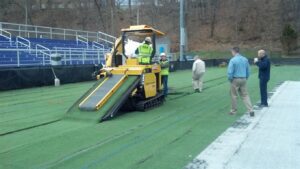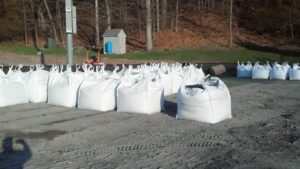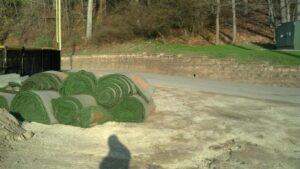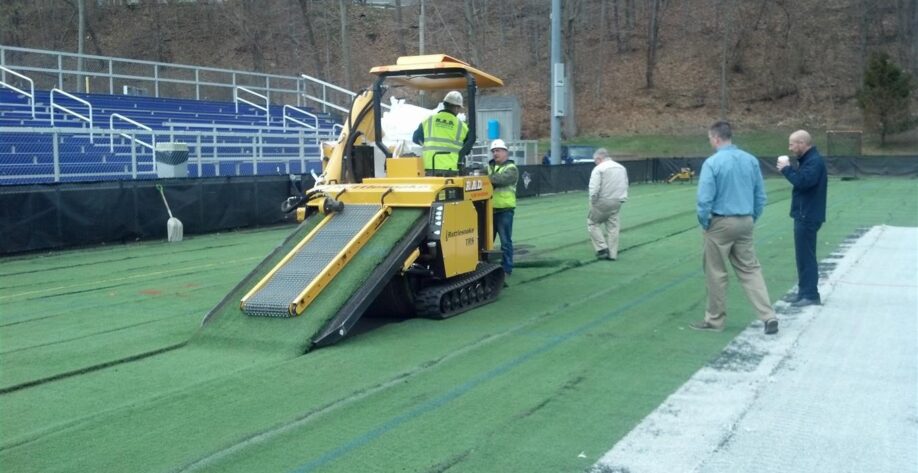
Do you have a synthetic turf field that is approaching the end of its warranty period? If so, you may wish to consider having an expert perform an evaluation to determine if repairs are needed before warranty expiration. Typical warranty issues for a field of 7-8 years include: loose or torn seams, over compaction (resulting in harder playing surface) and excessive fiber loss or breakdown. Most synthetic turf manufacturer warranty periods last eight years and will cover remedying some of these issues at no cost to the owner.

If your field is past the warranty period, you may soon be considering replacing the turf carpet. Typical synthetic turf fields installed between 2000 and 2008 historically last approximately 10 years, depending on level of maintenance and usage. Newer fields with improved fiber and infill technology may last longer, up to 10-15 years. The benefit of a synthetic turf replacement is that most fields typically reuse the anchor curb, base stone, and sub-drainage, which affords a significant cost savings compared to original installations. In addition, if the field has experienced drainage issues, replacing the turf is a perfect time to improve it. In most cases, the original infill can be harvested for reuse while the turf carpet is disposed of or recycled.

Several new technologies in turf infills and shock pads are now available for consideration (shock pads reduce the “hardness” of fields to reduce the potential for concussions due to ground impact). Two field tests, HIC and Gmax, are used in the industry to gauge the potential for impact attenuation. While the Gmax test is still widely used, the industry standards are moving towards Head Impact Criterion (HIC) and Vertical Deformation testing. With new standards on the rise due to the awareness of potential concussions, many field installations are incorporating shock pads to improve player safety. Shock pads can easily be installed during a turf replacement.


Tagged In:
Athletic Facilities Planning & Design
